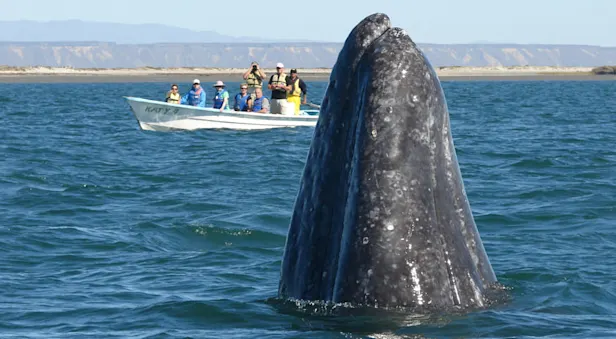Blue Whale Facts | Sri Lanka Wildlife Guide
The blue whale is the largest creature ever known to have lived on Earth. It is bigger than the largest known dinosaur. They are massive, with a body length of up to 100 feet, and a weight upwards of 200 tons. Their tongues alone can weigh as much as an elephant. Their hearts, as much as a family car.
These magnificent marine mammals rule the oceans around Sri Lanka, and they are almost certainly resident year-round. Interestingly, they have their own distinct dialect that differs from their closest blue whale neighbors off the coast of Western Australia.
Off Sri Lanka’s south coast, nutrients are washed from the highlands and channeled into the ocean by hundreds of short and often steep rivers. These nutrients feed many millions of krill and plankton that in turn feed the whales.
One of the major threats to the whales and other marine mammals in these waters is from shipping. The sea routes linking Japan and Singapore through the Straits of Malacca to the Persian Gulf and India’s west coast pass by southern Sri Lanka. Whale scientists have been lobbying to push the routes further away from the coast, so they do not plough through these rich feeding areas.
OTHER CETACEANS
Sri Lankan waters are home to many species of cetacean (whales and dolphins), in addition to the dugong (dugong dugon) that is found mainly among the sea-grass beds off the northwestern seaboard. In Sri Lankan waters there are rorquals (the blue whale, Bryde’s and Eden’s) with two blow holes, sperm whales (including pigmy sperm whales, dwarf sperm whales and the much larger sperm whale), beaked whales of which there are four in Sri Lankan waters, dolphins and porpoises. The distinctively patterned orca, even though it is often called “killer whale,” is actually the world’s largest dolphin and can be seen transiting Sri Lankan waters at any time of the year.



























